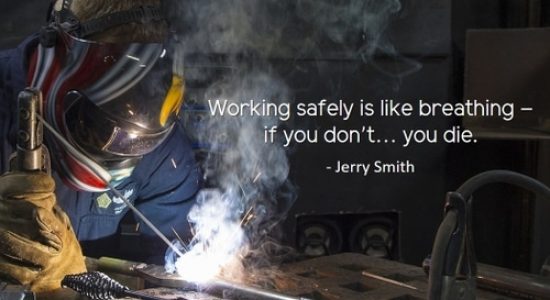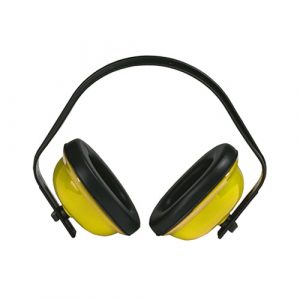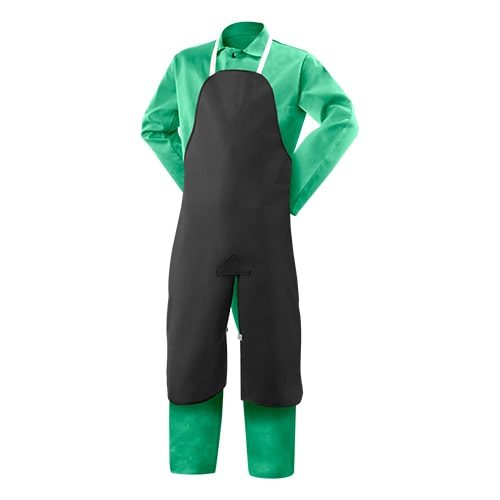Blogs By Cyclotron
Top 8 welding safety tips
Providing a safe environment to the workforce is as important as getting the work done. In the previous article, we have been through various hazards caused in welding operations ranging from mild to severe health injuries that can be fatal.
Here are some of the safety measures to be practiced according to OSHA and ASTM standards

1. Well ventilated workspace:
During welding, the operator is highly exposed to fumes and radiations. The fumes and gases should be kept from the operator’s breathing zone, either using natural ventilation or the use of mechanical exhaust to drain the fumes. Poor ventilation can result in plume poisoning. In that case, immediate medical attention is required.
Wear safety PPE kit:
2- To protect your Ears:
The intensity of noise produced during welding is around 100 decibels which can be very harmful to the operator’s ears and can lead to hearing impairment. Some other side effects include vertigo, ringing ears, etc. so it is mandatory to wear protection for ears. If there is any threat from sparks or blurs, it is strictly advised to wear fire-resistant earplugs.

3- For eye protection
During welding, the operator is exposed to harmful UV radiation and high-intensity blue light sparks. To prevent eyes from radiations, protective equipment is necessary. The helmet alone doesn’t provide complete protection to our eyes and face. Eyeglasses or goggles with side shields are advised.

4- Boots and Gloves
A welder should never work without gloves and boots. According to OSHA and ASTM, welders should use specific gloves and boots depending on the operation, they are performing. The gloves are made of leather, metal mesh, etc to avoid the risk of sparks and burns.

5- Respirators
A respirator protects the welders from harmful sparks, particulate pollutants, and other fumes. Sometimes the welding respirators come integrated with the helmet. You can choose between various designs according to your comfort and requirement
6- Welding Suit and clothing
The welder’s clothing should cover his entire body up to his toe to prevent spark ignites and burns. The cloth material should be made from heavy cotton, wool or leather. Make sure they are free from grease or oil to avoid catching fire. Use separate aprons or coats for extra protection.
Don’t roll your sleeves up, this may leave your hands exposed to welding sparks. Sparks can enter your pockets or rolled-up sleeves resulting in severe burns.

7. Workspace free of flammable material:
Any combustible or flammable substances should be placed at least 35 feet away from the working space. The workspace and welding equipment should be thoroughly inspected before performing welding operations. Any ignorance can lead to the burning of the entire working facility. Fire extinguishers must be ready for the immediate use
8. Necessary training to be provided:
Before handing over the welding works, the operator should be given adequate training related to equipments and operations. Provide courses and training on safety guidelines. the manufacturer’s manual should be thoroughly read and understood before using the equipment
Conclusion
These operations can be deadly and destructive if safety precautions are not followed. The safety instructions are written on a warning label, attached to the welding source, or a consumable product. Follow the instructions and have safe and efficient process.
